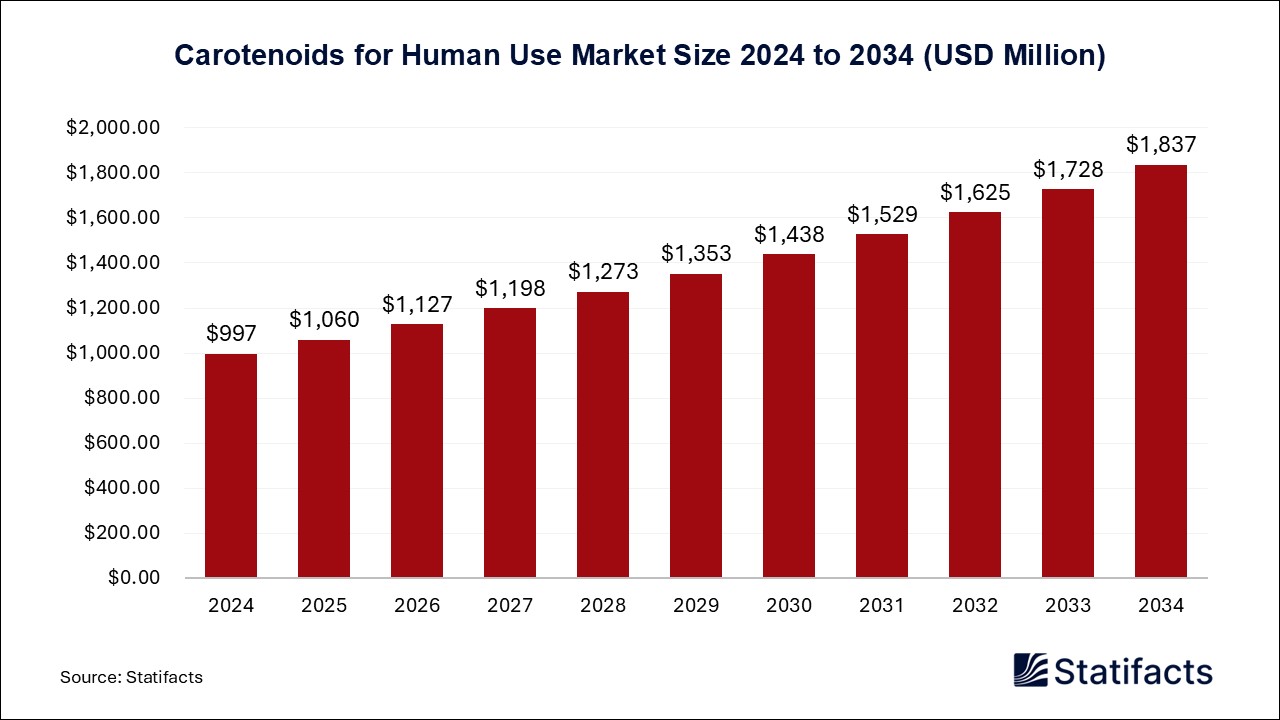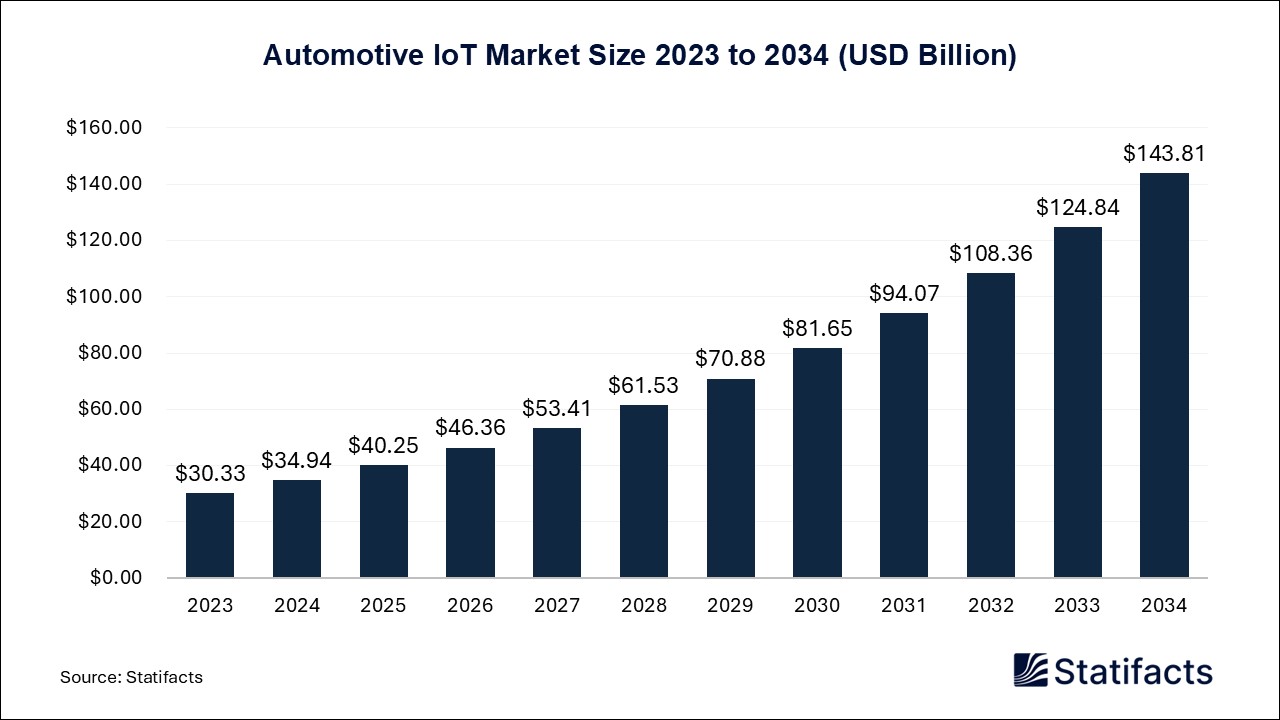
By clicking “Accept All Cookies” you agree to the storing of cookies on your device to enhance site navigation, analyze site usage, and assist in our marketing efforts.
Privacy PolicyGermany boosts nuclear fusion with strong R&D, stellarator projects, and industry ties, targeting a 1GW plant and global leadership by 2040.
Germany is making significant progress in nuclear fusion research, with strong government support and cutting-edge research initiatives. The Federal Ministry of Education and Research (BMBF) has allocated over EUR 1 billion for fusion R&D by 2028, aiming to achieve a first fusion power plant by 2040. Key research initiatives include the Wendelstein 7-X stellarator at the Max Planck Institute for Plasma Physics and collaborations at institutions like the Karlsruhe Institute of Technology and Research Centre Jülich. Germany is also collaborating with companies like RWE and start-ups to build a 1GW fusion plant at the decommissioned Biblis nuclear site.
Published by Shubham Desale
| Subsegment | 2030 | 2031 | 2032 | 2033 | 2034 | 2035 | 2036 | 2037 | 2038 | 2039 | 2040 |
|---|---|---|---|---|---|---|---|---|---|---|---|
| Inertial Confinement | - | - | - | - | - | - | - | - | - | - | - |
| Magnetic Confinement | - | - | - | - | - | - | - | - | - | - | - |
| Subsegment | 2030 | 2031 | 2032 | 2033 | 2034 | 2035 | 2036 | 2037 | 2038 | 2039 | 2040 |
|---|---|---|---|---|---|---|---|---|---|---|---|
| Deuterium/tritium | - | - | - | - | - | - | - | - | - | - | - |
| Deuterium | - | - | - | - | - | - | - | - | - | - | - |
| Deuterium, helium-3 | - | - | - | - | - | - | - | - | - | - | - |
| Proton Boron | - | - | - | - | - | - | - | - | - | - | - |
To get full access to our Market Insights, you need a Professional Account or a Business Suite.

You will receive an email from our Business Development Manager. Please be sure to check your SPAM/JUNK folder too.

You will receive an email from our Business Development Manager. Please be sure to check your SPAM/JUNK folder too.

Our customers work more efficiently and benefit from



